Peanut Power: Exploring the Global Love Affair with Satay Sauce
Table of Contents
- Introduction
- A Taste Through Time: The Origins of Satay Sauce
- What Makes Satay Sauce So Irresistible?
- The Peanut Principle: Why Peanuts Rule Satay Sauce
- Global Twists on a Classic Dip
- 5 Pro Tips for Perfecting Your Homemade Satay Sauce
- Buying Guide: How to Choose the Best Store-Bought Satay Sauce
- Recipe Roundup: Creative Ways to Use Satay Sauce Beyond Skewers
- Conclusion: Celebrating the Spicy, Nutty Joy of Satay Sauce
Introduction
Satay sauce with peanuts is more than just a dip—it’s a global flavor sensation that bridges continents and cultures. Whether you’re dipping grilled chicken skewers in Malaysia or drizzling it over noodles in Indonesia, satay sauce offers a unique blend of nuttiness, heat, and sweetness that keeps taste buds coming back for more.
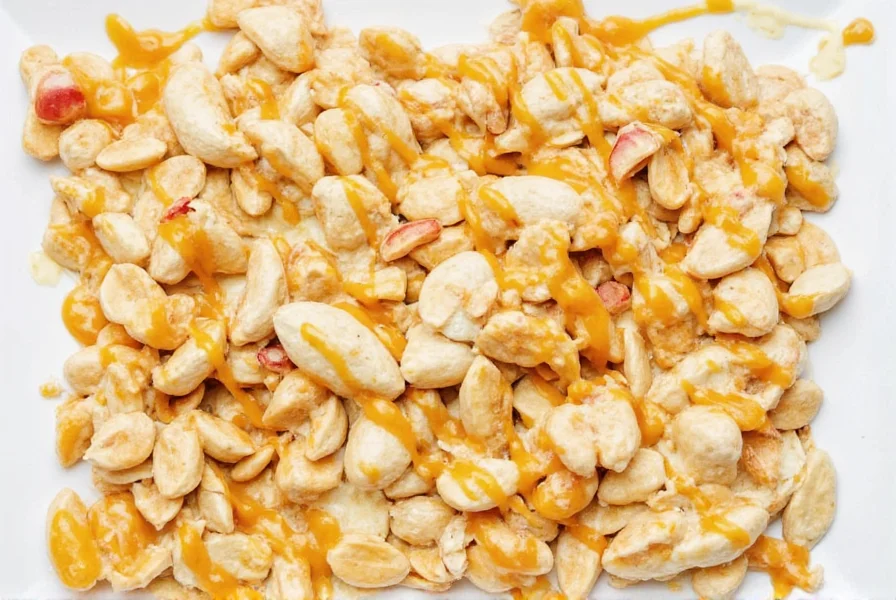
In this article, we’ll take you on a flavorful journey through the origins, variations, and secrets behind this beloved sauce. Along the way, you'll discover pro tips for making it at home, how to choose the best store-bought version, and creative ways to use it beyond traditional skewers.
A Taste Through Time: The Origins of Satay Sauce
Satay, the grilled meat skewer dish, has its roots in Southeast Asia—particularly in Malaysia, Indonesia, and Thailand. While the meat itself can vary from lamb to chicken, the true star of any satay platter is the sauce.
Historians believe that satay was inspired by Middle Eastern kebabs, brought to the region by Arab traders. Over time, local cooks adapted the concept using native ingredients like coconut milk, lemongrass, and—most importantly—peanuts. This led to the creation of what we now know as satay sauce.

The sauce’s evolution reflects trade routes and cultural exchange, incorporating influences from Indian curries, Chinese soy sauces, and Dutch colonial flavors. Today, satay sauce with peanuts is a culinary symbol across Southeast Asia and far beyond.
What Makes Satay Sauce So Irresistible?
Satay sauce delivers a symphony of flavors that hits all the right notes:
- Umami from soy sauce or shrimp paste
- Heat from chili or red pepper flakes
- Sweetness often comes from palm sugar or honey
- Creaminess provided by peanut butter or ground roasted peanuts
This complex balance makes it incredibly versatile. It works equally well as a marinade, glaze, or dipping sauce. Below is a comparison of key flavor profiles between regional variations:
| Region | Flavor Profile | Texture | Common Ingredients |
|---|---|---|---|
| Malaysia | Sweet & nutty with moderate spice | Thick and velvety | Peanuts, tamarind, lemongrass |
| Indonesia (Java) | Spicy & earthy | Dense and chunky | Shallots, garlic, galangal |
| Thailand | Spicy & tangy | Smooth and slightly runny | Fish sauce, lime juice, coconut milk |
| Western Adaptation | Mildly sweet & creamy | Smooth and silky | Peanut butter, ketchup, brown sugar |
The Peanut Principle: Why Peanuts Rule Satay Sauce
Peanuts are the backbone of satay sauce, providing not only richness but also texture and depth. Their mild bitterness balances the sweetness, while their oils give the sauce its luxurious mouthfeel.
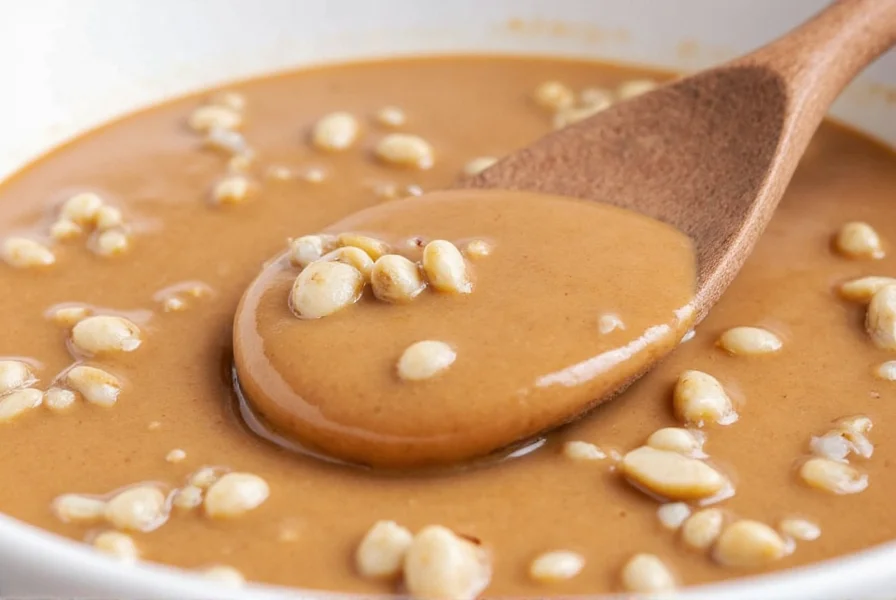
In traditional recipes, whole peanuts are roasted and then ground into a coarse paste. Some versions even call for fried shallots or candlenuts to add complexity. Here's why peanuts dominate:
- Availability: Peanuts have long been a staple crop in tropical regions.
- Ease of preparation: They don’t require special tools—just fire and a mortar and pestle.
- Flavor compatibility: They harmonize beautifully with chilies, garlic, and tamarind.
- Cultural significance: In many Asian countries, peanuts symbolize good fortune and prosperity.
Global Twists on a Classic Dip
As satay sauce has traveled around the world, it has evolved into countless adaptations. From Americanized versions with ketchup and molasses to vegan interpretations using almond butter and miso, there’s a variation for every palate.
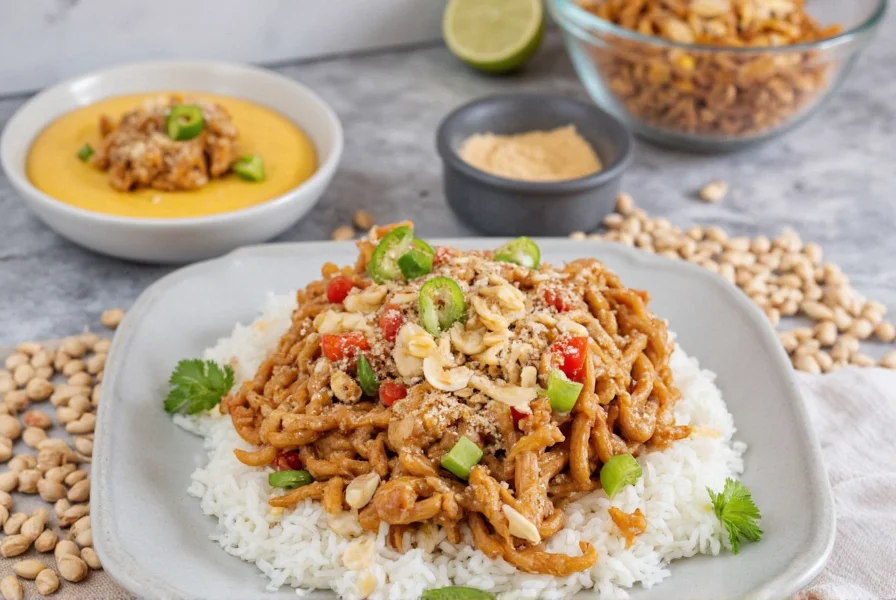
Some popular modern takes include:
- Vegan Satay: Uses sunflower seed butter or cashew cream instead of peanuts.
- Coconut Satay: Adds coconut milk for a creamier, sweeter profile.
- Japanese-Inspired: Includes miso and sesame oil for umami depth.
- Mexican Fusion: Blends in chipotle peppers and lime for a spicy twist.
5 Pro Tips for Perfecting Your Homemade Satay Sauce
If you’ve ever made satay sauce at home and ended up with something too thin, too bitter, or lacking in complexity, these tips will transform your results:
- Roast Your Own Peanuts: Freshly roasted peanuts deliver unmatched flavor compared to pre-ground peanut butter.
- Use Tamarind Paste for Authenticity: It adds a fruity acidity that balances the richness without overpowering the nuts.
- Add a Touch of Palm Sugar: Its caramel-like sweetness enhances depth better than regular sugar.
- Bloom the Spices First: Sauté garlic, lemongrass, and chili before adding liquids to unlock their aromatics.
- Simmer Slowly: Letting the sauce cook gently helps the flavors meld together and prevents separation.
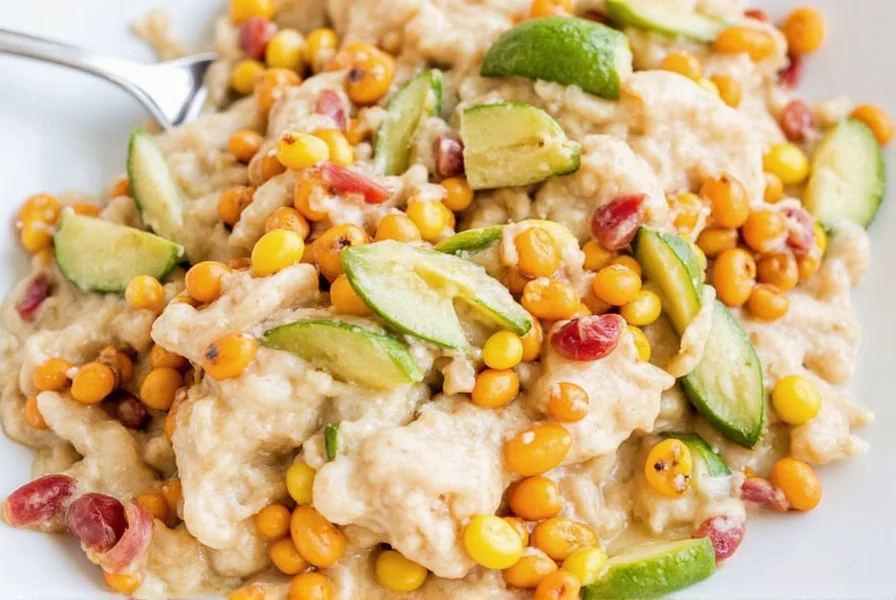
Buying Guide: How to Choose the Best Store-Bought Satay Sauce
For those short on time, store-bought satay sauce can be a lifesaver. But not all brands are created equal. Here's what to look for when shopping for a quality product:
Top Features to Check:
- Natural Ingredients: Avoid preservatives like sodium benzoate or artificial flavorings.
- Real Peanut Content: Look for “peanut butter” or “ground peanuts,” not just peanut oil.
- Balanced Spice Level: Should have a hint of heat without overwhelming the nutty base.
- No Added Corn Syrup: Opt for brands using natural sweeteners like palm sugar or honey.
Recommended Brands:
| Brand | Key Features | Pros | Cons | Best For |
|---|---|---|---|---|
| Kikkoman Satay Sauce | Ready-to-use, mild heat | Convenient, widely available | Lacks authenticity | Beginners, quick meals |
| Maesri Thai Peanut Satay | Thick texture, strong peanut flavor | Authentic taste, rich | Slightly pricey | Traditional satay lovers |
| Tiger Brand Satay Seasoning | Dry mix; requires cooking | Customizable, long shelf life | Extra prep needed | Home chefs who want control |
| 365 Everyday Value Organic Peanut Satay | Organic ingredients | Healthy, clean label | Mild flavor | Health-conscious eaters |

Recipe Roundup: Creative Ways to Use Satay Sauce Beyond Skewers
Satay sauce doesn't need to be limited to skewers! Here are five delicious ways to reinvent your next meal:
- Satay Noodles: Toss stir-fried rice noodles with satay sauce, shredded carrots, and chopped cilantro.
- Satay-Marinated Tofu: Coat tofu cubes in satay sauce and bake until crispy.
- Satay Dressing: Thin with lime juice and water for a zesty salad dressing.
- Satay Chicken Wraps: Spread sauce onto a tortilla, add grilled chicken and cucumber slaw.
- Satay Fried Rice: Stir into fried rice with peas, egg, and diced chicken for a quick dinner.

Conclusion: Celebrating the Spicy, Nutty Joy of Satay Sauce
Satay sauce with peanuts is a testament to the magic that happens when simple ingredients are combined with bold flavors and cultural creativity. Whether you're grilling satay skewers for friends or jazzing up your weeknight stir-fry, this sauce brings warmth, depth, and a touch of international flair to your kitchen.
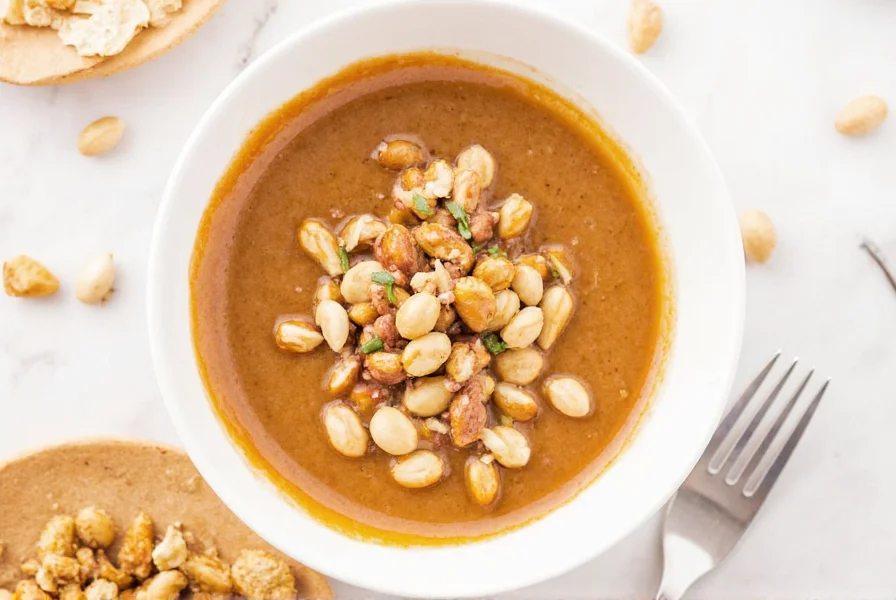
From its historical roots to its modern-day adaptations, satay sauce continues to evolve while staying true to its comforting, addictive essence. So grab a spoon, dip deep, and celebrate one of the world’s most cherished condiments—one nutty, spicy bite at a time.











 浙公网安备
33010002000092号
浙公网安备
33010002000092号 浙B2-20120091-4
浙B2-20120091-4